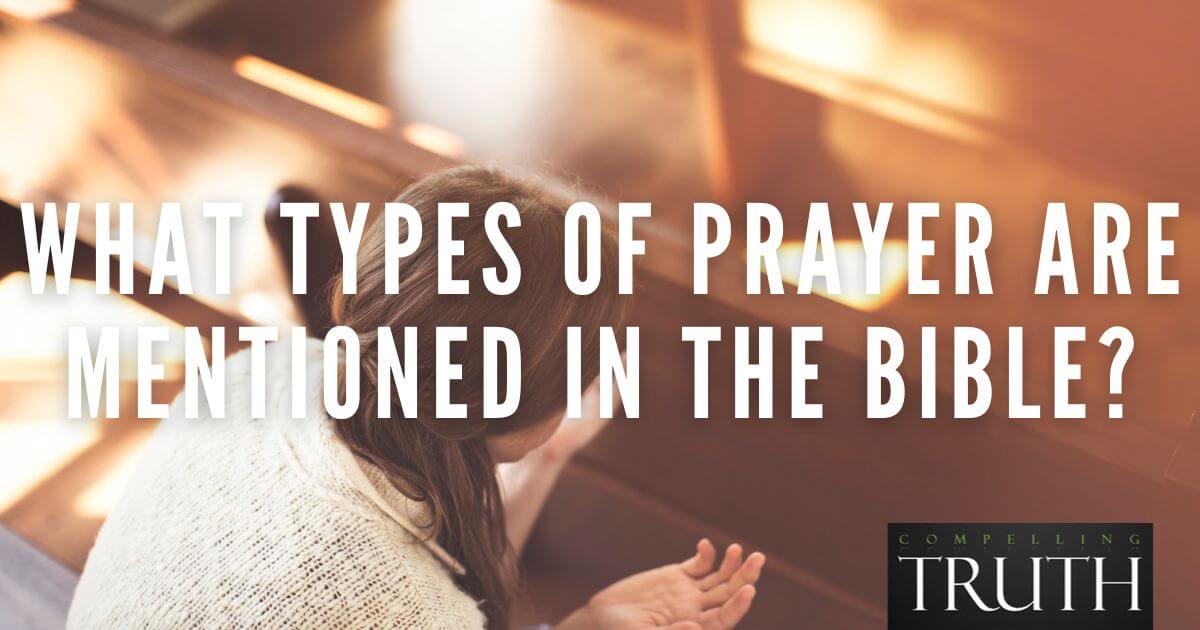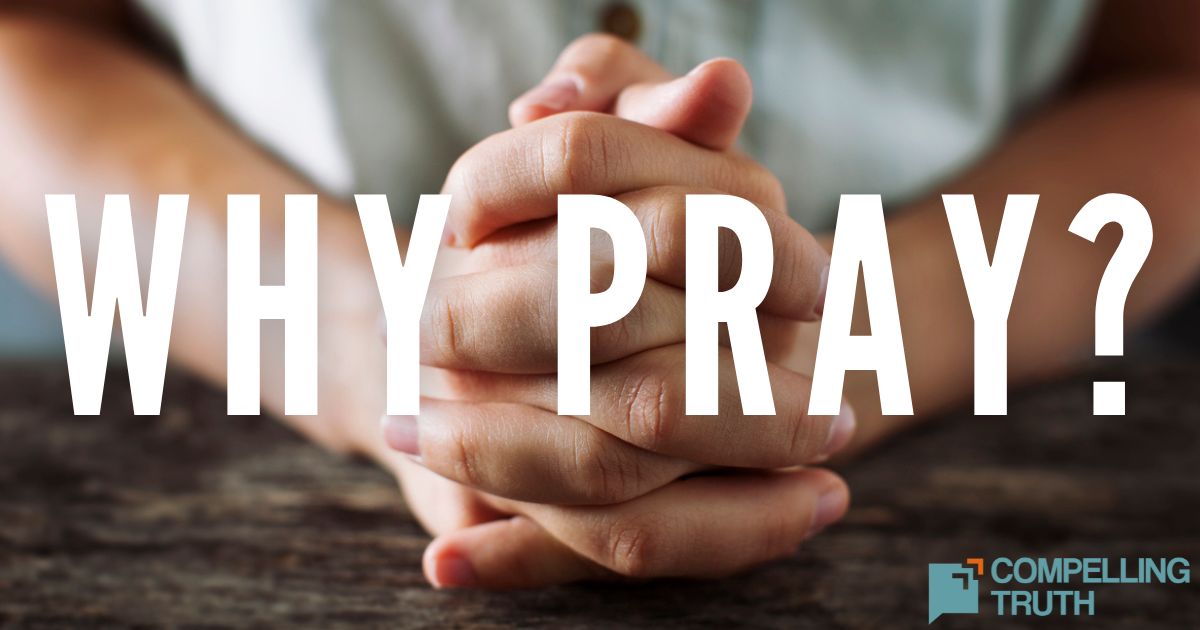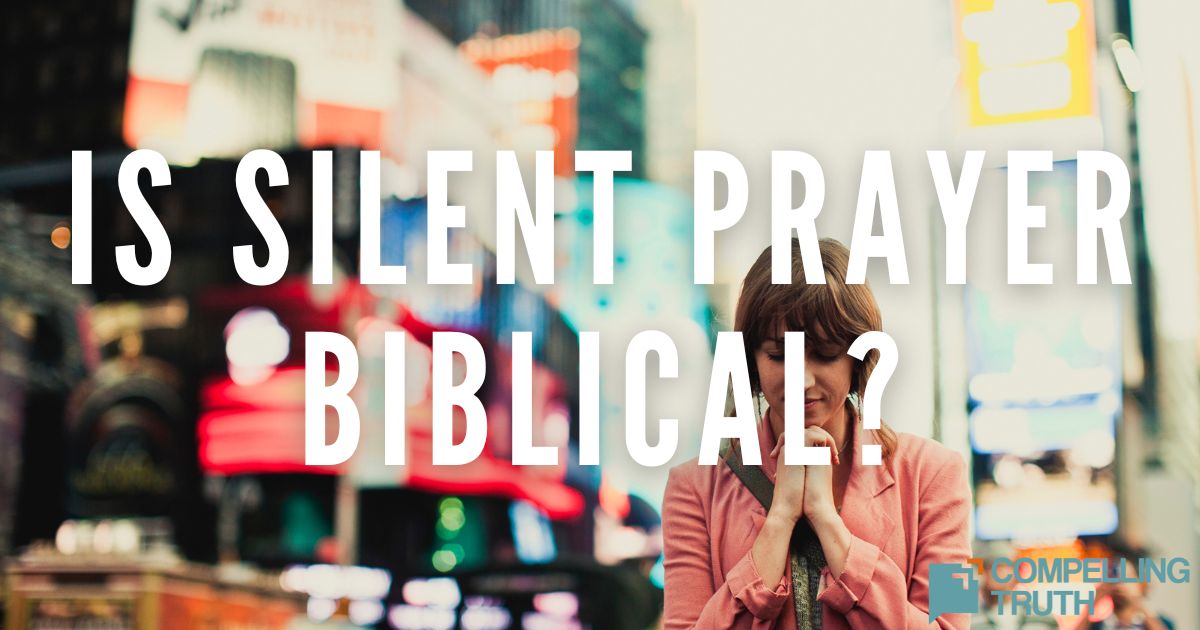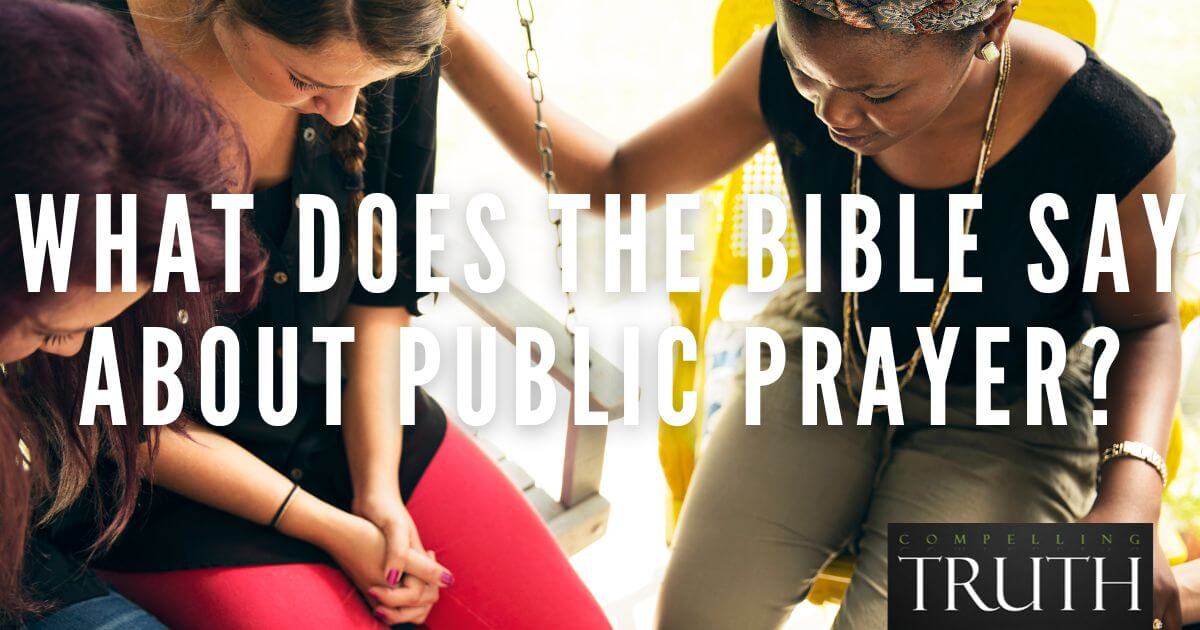The origination of the prayer shawl is found in the Old Testament books of Numbers and Deuteronomy. Moses wrote that God told him to instruct the men to make tassels for their clothes to remember God's commands (Numbers 15:38–40) and to place the tassels on the four corners of their cloak (Deuteronomy 22:12).
Some modern Jews wear small prayer shawls, or scarfs, to adhere to this instruction, while some Orthodox Jewish men cover their head with a full shawl while they pray. Some prayer shawls contain eight threads with five knots each on each of the corners, bringing the total to 613 and corresponding to the number of commandments in the Torah—the first five books of the Old Testament.
Some Christians believe that Jesus wore such a shawl and enjoy following His example. Others believe Christians are bound to follow the commandments of the Old Testament and therefore required to wear such a shawl. However, Jesus came and taught freedom from the bondage of the Law. We, as Christians, are not bound by any rule or suggestion to wear a prayer shawl.
Romans 3 tells us that Jesus offers a way to righteousness, not the Law. "But now the righteousness of God has been manifested apart from the law, although the Law and the Prophets bear witness to it—the righteousness of God through faith in Jesus Christ for all who believe. For there is no distinction: for all have sinned and fall short of the glory of God, and are justified by his grace as a gift, through the redemption that is in Christ Jesus, whom God put forward as a propitiation by his blood, to be received by faith" (Romans 3:21–25).
When we oscillate between living by the Law and living by grace, we can become confused, and can confuse others. Our response to God's grace may bring us in parallel with the Law, but our moral choices and convictions are in response to God's saving work of grace, not our own. Even the most devout of Jews could never be saved by following the Law of Moses. The early church dealt with "Judaizers" and others who sought to combine the Law of Moses, or other works of righteousness, with the work of Christ. Acts 15, Colossians 2—3, and Romans 14 speak to this.
The writer of Hebrews made clear delineation between the Law and Jesus in chapters 7 and 8. Hebrews 7:22–25 says, "This makes Jesus the guarantor of a better covenant. The former priests were many in number, because they were prevented by death from continuing in office, but he holds his priesthood permanently, because he continues forever. Consequently, he is able to save to the uttermost those who draw near to God through him, since he always lives to make intercession for them." Hebrews 8:10–13 says, "'For this is the covenant that I will make with the house of Israel after those days, declares the Lord: I will put my laws into their minds, and write them on their hearts, and I will be their God, and they shall be my people. And they shall not teach, each one his neighbor and each one his brother, saying, 'Know the Lord,' for they shall all know me, from the least of them to the greatest. For I will be merciful toward their iniquities, and I will remember their sins no more.' In speaking of a new covenant, he makes the first one obsolete. And what is becoming obsolete and growing old is ready to vanish away."
The Jewish prayer shawl certainly has biblical significance, and the symbolism within it is interesting to explore, but it is not a requirement for believers today.
Some modern Jews wear small prayer shawls, or scarfs, to adhere to this instruction, while some Orthodox Jewish men cover their head with a full shawl while they pray. Some prayer shawls contain eight threads with five knots each on each of the corners, bringing the total to 613 and corresponding to the number of commandments in the Torah—the first five books of the Old Testament.
Some Christians believe that Jesus wore such a shawl and enjoy following His example. Others believe Christians are bound to follow the commandments of the Old Testament and therefore required to wear such a shawl. However, Jesus came and taught freedom from the bondage of the Law. We, as Christians, are not bound by any rule or suggestion to wear a prayer shawl.
Romans 3 tells us that Jesus offers a way to righteousness, not the Law. "But now the righteousness of God has been manifested apart from the law, although the Law and the Prophets bear witness to it—the righteousness of God through faith in Jesus Christ for all who believe. For there is no distinction: for all have sinned and fall short of the glory of God, and are justified by his grace as a gift, through the redemption that is in Christ Jesus, whom God put forward as a propitiation by his blood, to be received by faith" (Romans 3:21–25).
When we oscillate between living by the Law and living by grace, we can become confused, and can confuse others. Our response to God's grace may bring us in parallel with the Law, but our moral choices and convictions are in response to God's saving work of grace, not our own. Even the most devout of Jews could never be saved by following the Law of Moses. The early church dealt with "Judaizers" and others who sought to combine the Law of Moses, or other works of righteousness, with the work of Christ. Acts 15, Colossians 2—3, and Romans 14 speak to this.
The writer of Hebrews made clear delineation between the Law and Jesus in chapters 7 and 8. Hebrews 7:22–25 says, "This makes Jesus the guarantor of a better covenant. The former priests were many in number, because they were prevented by death from continuing in office, but he holds his priesthood permanently, because he continues forever. Consequently, he is able to save to the uttermost those who draw near to God through him, since he always lives to make intercession for them." Hebrews 8:10–13 says, "'For this is the covenant that I will make with the house of Israel after those days, declares the Lord: I will put my laws into their minds, and write them on their hearts, and I will be their God, and they shall be my people. And they shall not teach, each one his neighbor and each one his brother, saying, 'Know the Lord,' for they shall all know me, from the least of them to the greatest. For I will be merciful toward their iniquities, and I will remember their sins no more.' In speaking of a new covenant, he makes the first one obsolete. And what is becoming obsolete and growing old is ready to vanish away."
The Jewish prayer shawl certainly has biblical significance, and the symbolism within it is interesting to explore, but it is not a requirement for believers today.



